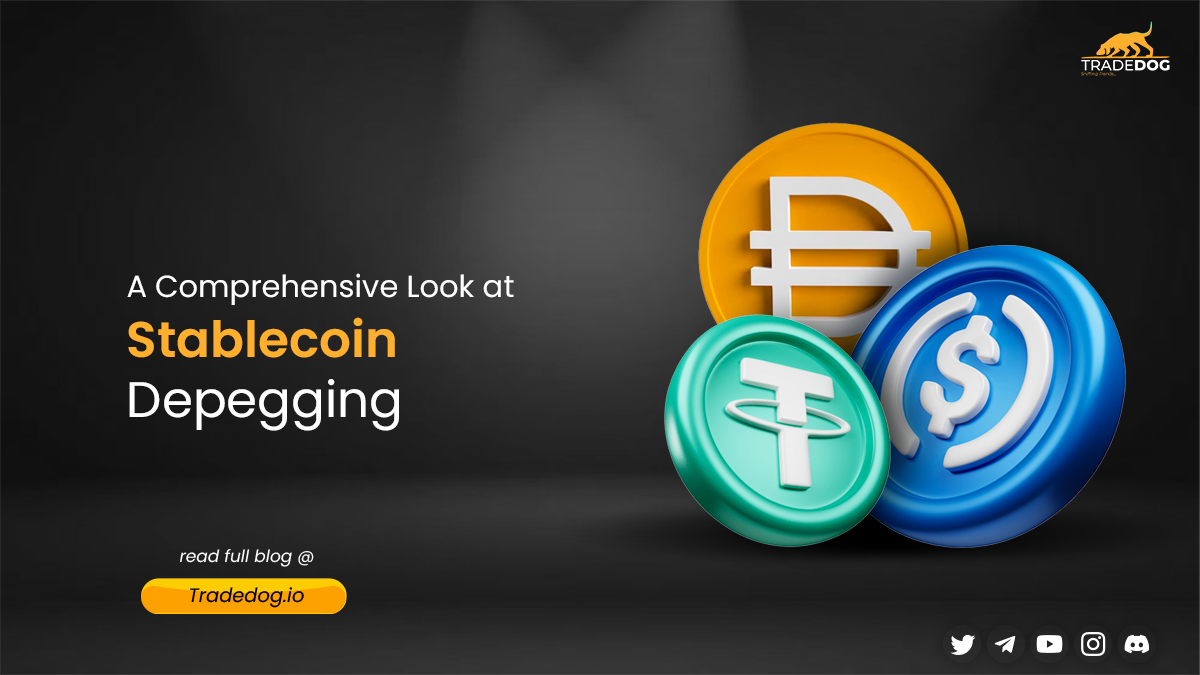Quick Links
“In the game of DeFi, even the mightiest towers can wobble.”
Starknet, one of Ethereum’s celebrated layer-2 scaling solutions employing ZK-Rollup, recently faced a startling contraction. Its once-glorious stature of $203 million TVL on August 16 has shrunk dramatically to around $98 million. The world of DeFi can be as unpredictable as it is innovative, prompting us to delve into the undercurrents of this surprising descent and gauge its implications for the layer-2 ecosystem of Ethereum.
StarkNet and its Unique Architecture
The unique selling point of StarkNet is the use of zero-knowledge (ZK) in its rollups. This ensures heightened privacy as transactions are bundled before their on-chain confirmation and settlement. However, a point to note is StarkNet’s non-alignment with ZK-EVM. StarkWare, the entity behind Starknet, necessitates that all general-purpose smart contracts are crafted using Cairo, a language precisely cut out for ZK-Rollup solutions.
Transaction Processing Speed (TPS) Dilemma
One thing that people are talking about is how well StarkNet performs in terms of handling transactions. On August 21, Ethereum could handle about 10.9 transactions per second (TPS), while StarkNet could manage about 4.8 TPS. These numbers stand out, even though layer-2 solutions are supposed to make things more scalable. But the good part is that StarkNet’s TPS is getting better as more people use it. Still, when we look at the bigger picture, StarkNet’s 30-day total of 9.2 million transactions seems small compared to Ethereum, which handles over a million transactions every day.
Pondering the TVL Decline
The catalyst behind StarkNet’s TVL plummet remains speculative. Until August 21, the platform was unmarred by hacks or discernible vulnerabilities. Yet, the sharp dip in Ethereum’s value might have cast shadows on the layer-2 platforms intricately woven into Ethereum‘s fabric. Historical patterns suggest that a tremor in Ethereum can cause ripples across its dependent ecosystems. The correlation between Changes in Ethereum prices and changes in TVL is positive. However, this can also be because most DeFi pools have ETH deposits.
Decentralising the Feeder Gateway
Taking strides towards decentralization, Starknet revamped its feeder gateway on August 20. Transitioning from a singular centralized portal, it now leans on the prowess of three nodes: Papyrus, Pathfinder, and Juno. This move is anticipated to enhance reliability and security, as echoed by StarkWare’s development team. In tandem, StarkNet has enhanced its platform’s functionality, priming full nodes to augment the JSON RPC protocol, all aimed at refining user-centric processes.
With these developments and changes, one can’t help but ask the DeFi community: “As we navigate the ebbs and flows of layer-2 platforms like Starknet, what lessons can we draw, and how do we ensure resilience in our decentralised future?”













